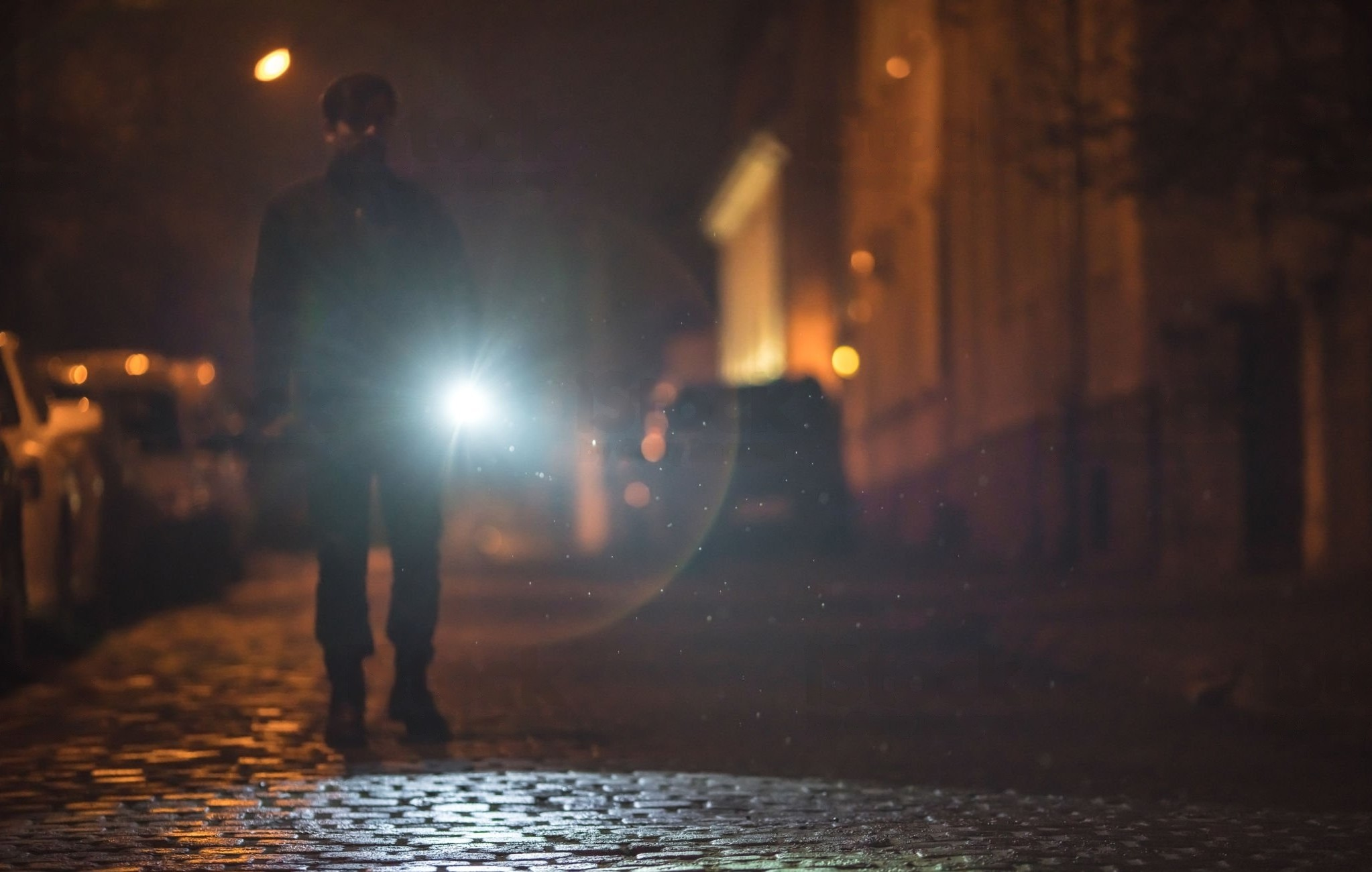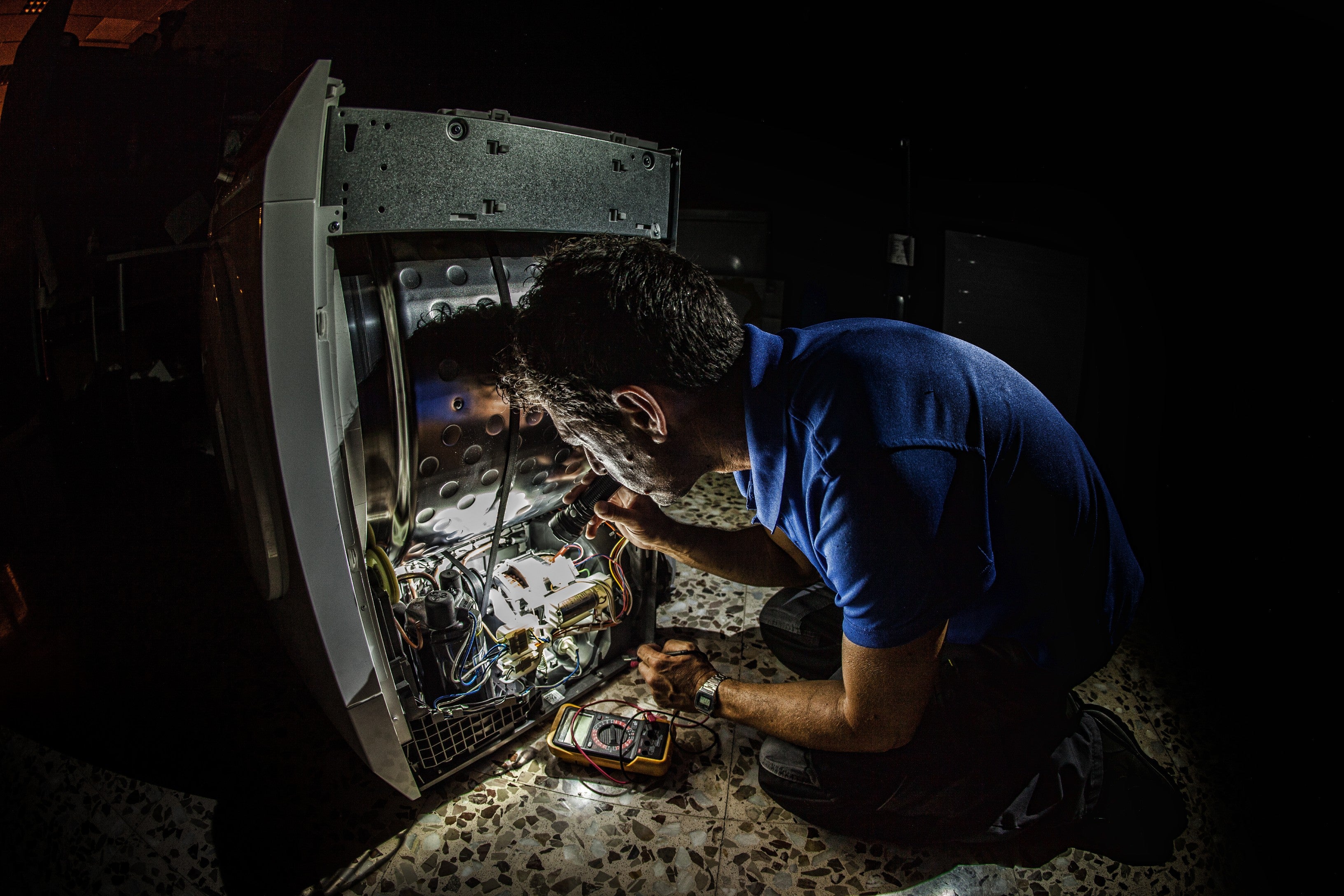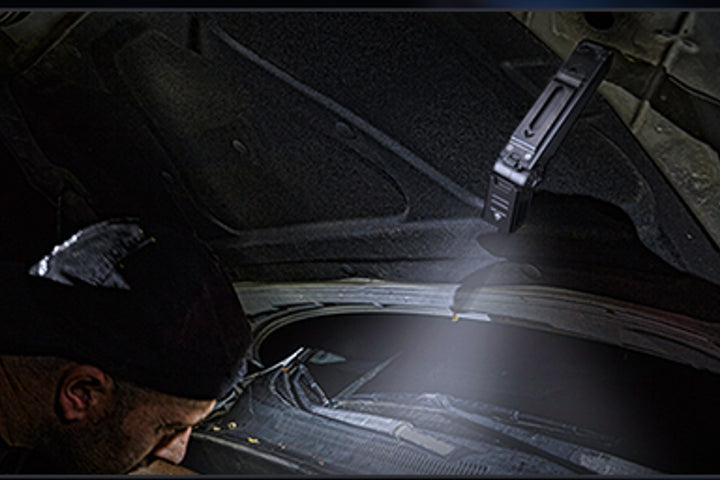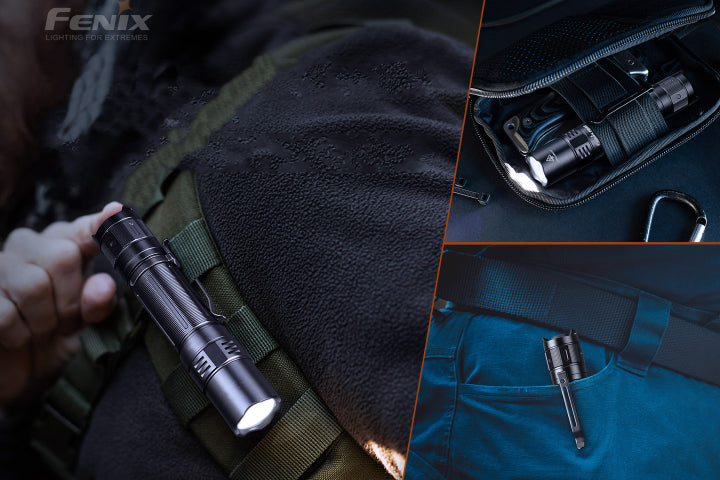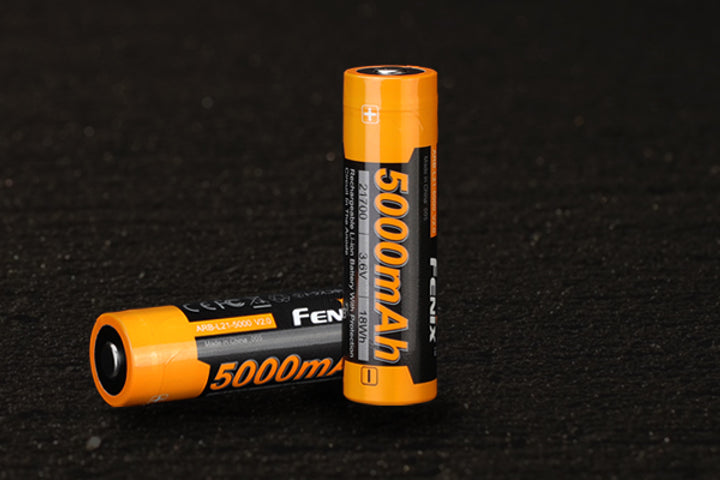How to Set Up Correct Lighting in a Laboratory
When it comes to laboratory lighting, the goal is usually the same: create enough light for clear visibility to accurately complete the tasks at hand. Although it may sound fairly simple, achieving this goal takes proper knowledge and preparation.
Lighting has the power to render colors and reveal imperfections, each of which can determine the quality of work completed. Just as there are many different types of laboratories, there are also different lighting systems and set-ups that help ensure proper illumination.
Below, we’ll discuss the most common types of laboratory lighting and important aspects to consider when setting up your own space.
Quick Takeaways
- The energy used in laboratory lighting falls between 8-25% of total electricity use, which is about twice as much as that typically used in office spaces
- There are 3 main types of laboratory lighting to consider: halogen, light-emitting diodes (LED), and compact fluorescent lighting (CFL)
- LEDs are the safest type of bulb because they don’t carry the risk of releasing any toxic chemicals
- There are several laboratory lighting best practices to follow to ensure a well-lit, safe research environment
Appropriate laboratory lighting is essential to research environments because of the intensity and significance of work performed. Choosing the right laboratory lighting will help ensure safety and accuracy of results.
Why Is Laboratory Lighting Important?
Laboratory lighting is crucial to the effectiveness and efficiency of one’s work. It needs to be bright enough to fully illuminate a space, without being harsh enough to skew the accuracy of visibility. The right balance will ensure a safe, productive working environment that supports research efforts.
Not only is laboratory lighting key to creating a safe environment, but it also determines the efficiency of energy use. The energy used in laboratories usually falls between 8-25% of total total energy use, depending on the lab space. This is up to twice as much as energy typically used in office spaces.
This high level of energy use offers the opportunity for energy efficiency in laboratory lighting. But first, one must understand the several types of lighting that can help achieve a space with reliable illumination.
Types of Laboratory Lighting
Remember, the right laboratory lighting helps ensure safety and accuracy in the work environment. When it comes to illuminating a laboratory space, there are 3 main types of lighting to consider.
Halogen
Halogen bulbs are filled with halogen gas and feature a tungsten filament. When the bulb illuminates, the tungsten evaporates into the halogen gas, resulting in light. Halogen bulbs use less energy than other types since the tungsten particles are re-deposited into the filament after use.
Key Features
- Most halogen light bulbs provide 10-20% more efficient energy use than incandescent
- Halogen bulbs do not have a delayed warm-up time, producing light immediately
- These bulbs offer bright, crisp illumination that is fully dimmable
Halogen bulbs are best used in display lighting where bright light is necessary. While halogen bulbs are suitable for microscopes, the heat emitted can cause quick degradation of specimens. Although, heat-blocking filters can eliminate this concern.
Light-Emitting Diodes
The movement of electrons through a semiconductor material causes light-emitting diodes, or LEDs, to give off light. LEDs are the safest type of bulb because they don’t carry the risk of releasing any toxic chemicals.
Key Features
- LEDs use up to 75% less energy than incandescent light bulbs
- These bulbs last up to 25 times longer than both halogen and incandescent bulbs
- LEDs start immediately and produce significantly less heat than halogen bulbs
- The small chips in LED bulbs allow for compact illumination in tight areas
LED bulbs are ideal for experiments that last several days or weeks due to their extended lifespan and brightness. This makes LED bulbs great for pathology labs, or other spaces that perform sensitive work without room for error. LED lighting is also known to enhance the productivity and alertness of researchers working in their surroundings.
Compact Fluorescent Lighting
Compact fluorescent lighting, or CFLs, provide invisible ultraviolet (UV) light when its mercury gas is combined with electricity. Visible light is produced when the ultraviolet light comes into contact with the bulb’s interior white coating.
Key Features
- CFLs last up to 10 times longer than incandescent bulbs
- CFL bulbs use up to 75% less energy than incandescent lighting
- This type of laboratory lighting is suited to fit most fixtures
It’s best to avoid CFL lighting in cases where lighting equipment is frequently turned on and off in short periods of time, as doing so causes their lifespan to reduce significantly. Although their initial cost is inexpensive, their short lifespan requires regular replacing. It’s also important to note that use in a microscope requires a UV filter, as UV light causes damage to human vision.
Best Practices for Laboratory Lighting
Regardless of which type of lighting is used in your laboratory, there are several general principles to follow while illuminating your space:
- Recess overhead lighting to avoid shadows. Not only will they illuminate shadows that can obstruct your work, but they’re also easier to clean.
- Focus lumens on task lighting. Lumen output should be aimed where a specific task is being performed. It’s best to choose task-lighting lumen outputs slightly higher than those needed for general lighting.
- Choose vapor tight fixtures. Many labs work with chemicals and gases, making vapor-tight fixtures necessary for preventing damage.
- Select shatter-proof bulbs. Although shatter-proof bulbs can still break, they prevent glass from flying across a laboratory. They’re also a smart consideration in cases where outside variables can modify the outcome of an experiment to avoid starting over again.
- Keep color temperature consistent. Cool-toned lighting promotes color accuracy during a study. Keeping both general and task lighting consistent prevents the impact of harsh lighting on human eyes.
Keeping these best practices in mind while deciding on which laboratory lighting is best for you will help ensure a well-lit, safe environment.
Illuminate Your Space Today
Laboratory lighting must be carefully considered to ensure a safe, productive and efficient research environment. Choosing the best type of lighting and applying laboratory lighting best practices is key to creating a well-illuminated space.
Proper lighting in a laboratory setting isn’t the only way to ensure your safety. Visit Fenix today to learn more about how you can prioritize the wellbeing of you and your loved ones with high-performance lighting technology.





